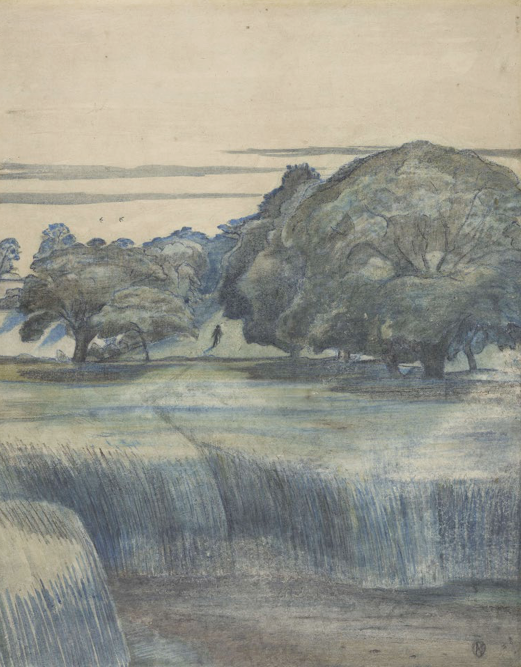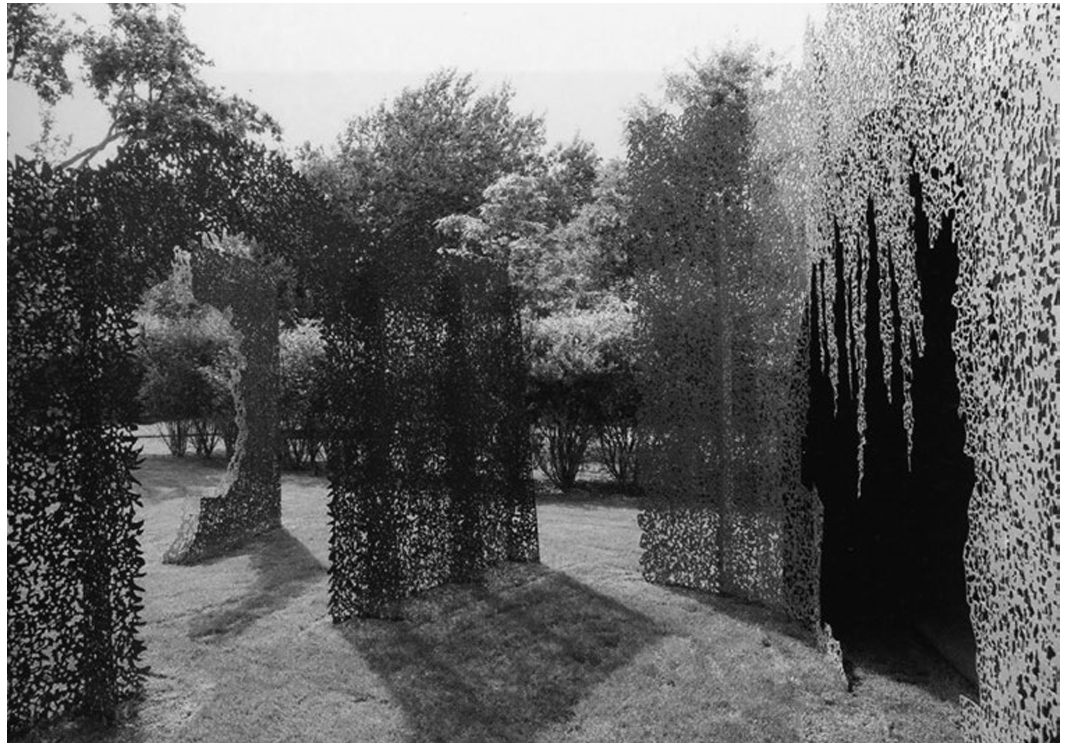Carey Duncan: Book review of An Essay on the Meanings of Place
I don’t think anyone would dispute how central to Landscape Architecture the idea of genius loci or sense of place is. After all, according to author John Dixon Hunt, who is an Emeritus Professor at the University of Pennsylvania’s Weitzman School of Design, a landscape historian and a specialist in landscape theory, the gathering of various resources such as geology, topography, words, drawing, photography or science to sustain the making of place is at the centre of Landscape Architecture. In this book Hunt examines in depth the origins and evolution of the term, how it morphed into the English term genius of place, then to an emphasis on the spirit of place, or more literally the nature of place.
The book discusses whether Genius loci really exists, inherent in a place itself, or whether it is rather through meanings that individuals attach to a place resulting from personal experiences lived there, such as a memorable occasion or the association with a loved one. Hunt explores the ways in which people interact with their surroundings and how these interactions are influenced by the physical and social characteristics of the environment. He also looks at how different cultural and historical contexts shape our perception of place, highlighting the role of power and politics in defining the boundaries and meanings of different places. In this regard, I think the use of the plural form ‘meanings’ is significant:
“Places are not necessarily imbued with the same meaning for all people at all times.”
The book should be essential reading for landscape architecture students, but it’s not a casual read. Its dense academic style and theoretical focus can be challenging and skimming it means that the reader would lose a lot of depth in the understanding of the term. The language and concepts used in the book can be quite abstract and may require some effort to fully grasp. The book's emphasis on historical and cultural context, mainly European, does have certain limitations, but does not stop the understanding of the concept from being applied or understood in other cultures.
From The Marriage of Heaven and Hell. William Black on Genius loci from a plate in the Marriage of Heaven and Hell c. 1794 (pg 20)
Genius Loci is a collection of eight essays which discuss the evolution of the term and how it has evolved over time to be less pious and mythological, and more vernacular in use. In Chapter Two, two twentieth-century French writers argue and find different ways to accept, even when they refuse to believe it, that a genius loci exists. After a description of the making of place on the Venetian island of Torcello in Chapter 3, the idea of genius loci is discussed respectively in terms of landscape painting (Chapter 4) and poetry (Chapter 5) giving rise to the summary below taken from page 68 of the book:
“Great landscapes, whether actual or painted, cannot be simply delightful, nor can they be just ‘pretty landscape features’ […] They need at their best an intelligent and informed response to what is viewed, which requires patience, time and knowledge from both artist and viewer.”
© The Trustees of the British Museum Paul Nash, The Wanderer, 1911,watercolour, with blue chalk, heightened with graphite (pg 87)
In his discussion of Sense of place in art and in poetry, the central question of Chapter 2 is further discussed: is a spirit of place anchored both in the real world of nature and the real world of a person’s imagination, or does the secondary imagination diminish the power and virtues of the primary experience? Or, again, is it the conscious will of the artist that triumphs in the way by which their work indelibly marks the ‘degree and mode’ of the observer? The case study of Torcello and the work of Coleridge on the genius loci of the Lake District, reveal that it is based more on an experience of a place, by walking through it in the company of different people, rather than on a static vision captured in a specific space and time. In Chapter 6, we see that this is what travel writers seem to confirm. By travel writer, Hunt obviously focuses on the likes of Gerald Durrell, Henry James and Theroux, for whom the experience of the place and more subtle emotive feelings are the norm, not the type of travel writer that drily recommends a few hotels according to their price categories.
It is a relief when, in Chapter 7, also the longest chapter in the book, John Dixon Hunt speaks from personal experience and personal analysis of some contemporary designed places. The depth of his argument is not lost, but the text somehow seems less dense and less contrived. He acknowledges that history and world view automatically, if subconsciously, infuse not only the work of a landscape architect on a site, but also the response of the visitor who see and interpret things according to their own personal experience and outlook.
“The idea that a sense of place can be ‘feigned or invented for a site’ that is otherwise empty of historical starting blocks, is drawn from case studies of contemporary design. ”
Bernard Lassus, Le Jardin des Hypothèses, Chaumont-sur-Loire, 2019, a project which“make(s), as in many gardens, the drama of hypothetical challenges to what a garden could be” (pg 174)
Overall, I found "Genius Loci" to be a thought-provoking and insightful exploration of the importance of place in our understanding of the built environment. Hunt's writing may be dense and very intellectual but he does an excellent job of weaving together theoretical concepts and practical applications, especially in the final chapters of the book. As a landscape architect, I particularly appreciated his acknowledgement of the role of memory and imagination in shaping our perceptions of a place, and his call for designers to create spaces that are emotionally resonant while remaining functional. His interdisciplinary approach including sources from art history, architecture, cultural geography, and philosophy, provide a rich and nuanced understanding of place.
Author: John Dixon Hunt
Published by: Reaktion Books Ltd, 2022, London
www.reaktionbooks.co.uk
This article is reprinted with permission of Carey Duncan (author) and the African Journal of Landscape Architecture


